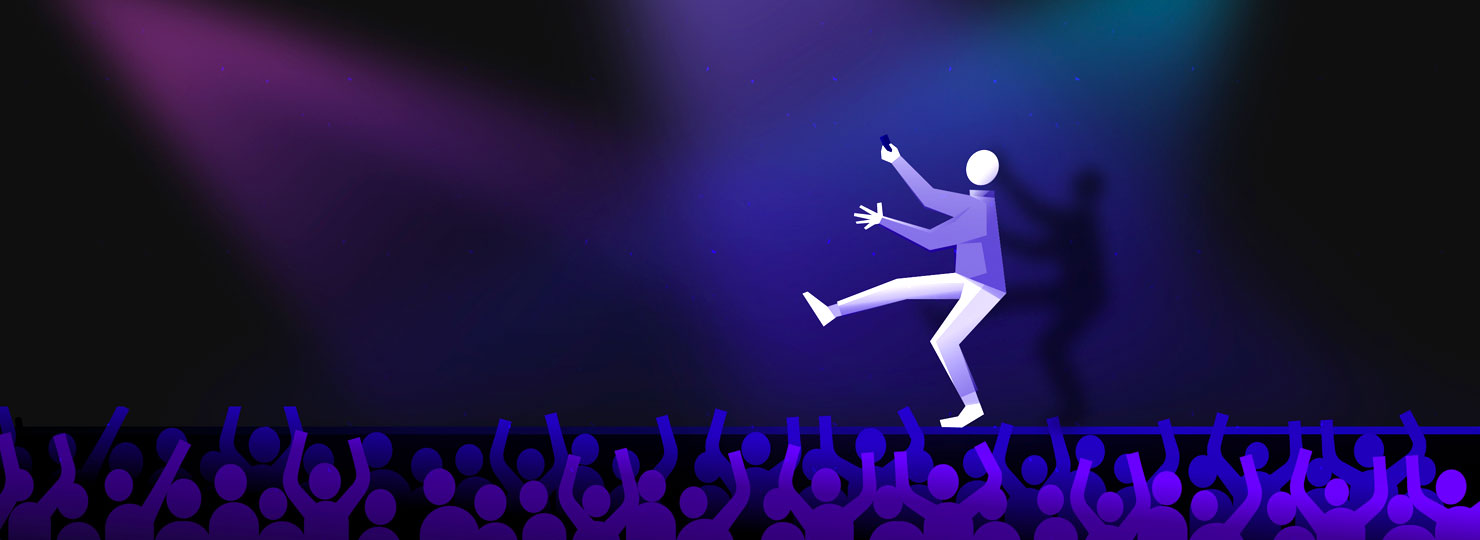Our world is littered with marketing messages vying for our utmost attention. As the ways we consume content change, the methods marketers employ to sell their products change too. For any campaign nowadays, it’s expected—if not necessary—that brands put forth smart creative that will grace the covers of magazines, populate social feeds, and play on television. How can brands stand out, and make a meaningful impact, in a crowded marketplace?
The answer isn’t all that cut and dry—but what we do know is this: simply put, people want to be excited to buy stuff. We also know that people are moved by powerful storytelling. And above all, social media has become king in generating hype and anticipation around product launches.
Need proof? I’m about to dive into two fascinating case studies: 1) how Elon Musk became the Steve Jobs of the automotive industry and 2) how a long-tail YouTube docu-series led to a record-breaking multi-million dollar makeup launch.
Elon Musk: The Steve Jobs of the Automotive Industry
Steve Jobs made the Keynote event his signature marketing tactic in promoting new Apple products. Pairing it with engaging visuals and theatrical video, he had Apple lovers on the edge of their seats. The brand continues to do this today. Held months in advance before the actual product launch, Apple capitalizes on the anticipation consumers have to hold, feel, and use these products. Regardless if a consumer actually went to the event, the internet was ablaze with reactions, discussion, and excitement. Before the iPhone 11 was set to hit stores in October, the preorders were projected between 70 and 75 million units—and were quickly sold out (PYMNTS, 2019).
Elon Musk has taken a page out of Steve’s book on anticipation marketing, having recently debuted his polarizing Cybertruck to the masses. Using Apple’s marketing model, Tesla reaped similar results. Even with the breaking of the “unbreakable” windows and the onslaught of memes, Musk saw 200,000 preorders for the truck, which is astounding considering the truck will not be deployed until 2021. Not only that, but customers had to put down €100 (around $110 USD) just to reserve one. Regardless of some hiccups along the way, Tesla knows how to market a product in grandeur fashion—and their customers take notice (CNN Business, 2019).
Jeffree Star / Shane Dawson Conspiracy Palette Launch
In YouTube’s infancy in 2005, big media rarely gave the platform a second glance as a means to market to customers. With the increase in creators regularly posting content and growing subscriber bases, brands have taken notice and employed a variety of brand deals in working with these “influencers”.
Nowadays, YouTube advertising has become pretty commonplace for major brands who want to extend their reach to specific demographics within the platform. Influencers have even used their following to launch brands of their own, selling millions of dollars of merchandise through their own eCommerce efforts. One market in particular that has taken prominence within the YouTube community is makeup and cosmetics. In 2019, YouTube influencers Jeffree Star and Shane Dawson set out to launch a makeup collection whose ideation, development, and production would be captured in a 7-part documentary-style series. Jeffree Star, an already established influencer and successful makeup mogul partnered with long-time YouTuber Shane Dawson in order to bring their audiences into the fold, and share how the end product came to life. Each episode of the series was published to Shane’s channel, which quickly garnered tens of millions of views, and was over an hour long. A surprise, given that the YouTube algorithm rewards short-form video.
Over the course of 7 months, “the Conspiracy Collection” came to fruition, and was set to launch in early November. Within a matter of minutes, the sheer volume of web traffic to Shopify caused the site to crash, as millions of visitors bought as much as they could. The results were astounding: 1 million palettes sold in 30 minutes. Even those palettes purchased through partnering makeup store Morphe saw a complete selling out of palettes—making it one of the most successful launches in the store’s history (Business Insider, 2019).
Anticipation marketing isn’t anything new, but the way brands are experimenting with how they build anticipation creates powerful marketing moments that we just can’t ignore. I’m excited to see how brands will continue to employ these new tactics in their marketing mix, and what it means for marketers going forward.
